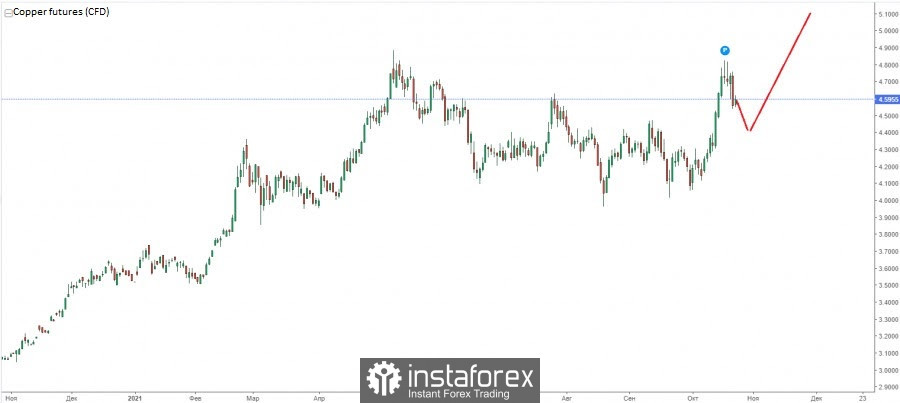

Copper is on the brink of a new tipping point after the London Metal Exchange adjusted its rules to cope with historically low levels of inventories.
The current imbalance in supply and demand pushed prices to near record highs - just below $ 10,000 per tonne. It returned to May highs because LME stocks fell to 15,225 tonnes, the lowest level since 1974.

Low stocks prompted the LME to take temporary precautions to maintain market liquidity.
The ad hoc committee determined that in certain circumstances, it would be appropriate to take the following actions: 1 - changing certain requirements within the lending rule; 2 - imposing restrictions on backwardation for tom-next contracts; 3 - introducing a deferred delivery mechanism for certain contracts.
But even though copper is expected to face supply shortages this year, some analysts noted that the world will not run out of the metal.
Colin Hamilton, commodities analyst at BMO Capital Markets, said that the supply problems that forced the LME to take interim measures highlighted weaknesses in the system, but the world will remain well stocked with copper. He explained that many companies are now stockpiling the metal in anticipation of supply problems in the future.
Commodity analysts at TD Securities also said they hope the measures taken by the LME will ease the pressure of the current short-squeeze.
But not all analysts are optimistic that copper can hold onto record levels. Bernard Dahda, commodities analyst at Natixis, said base metals may soon face a demand correction that will begin to normalize in the first quarter of 2022. He added that the decline in economic activity around the world, especially when China is dealing with a weakening housing market, could affect global demand for non-ferrous metals.